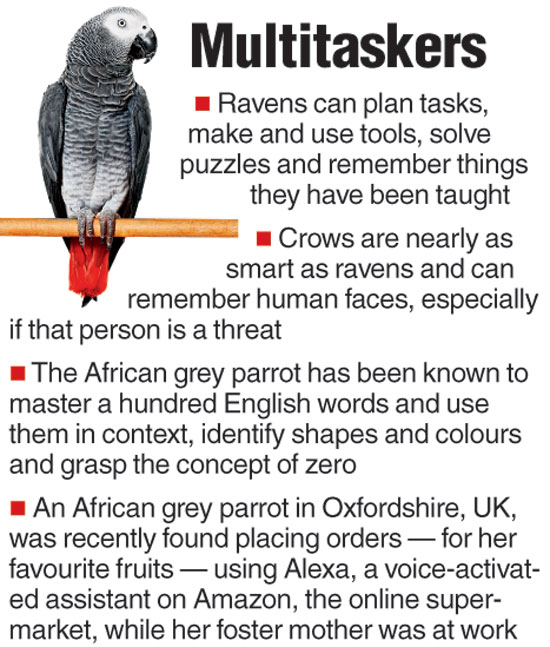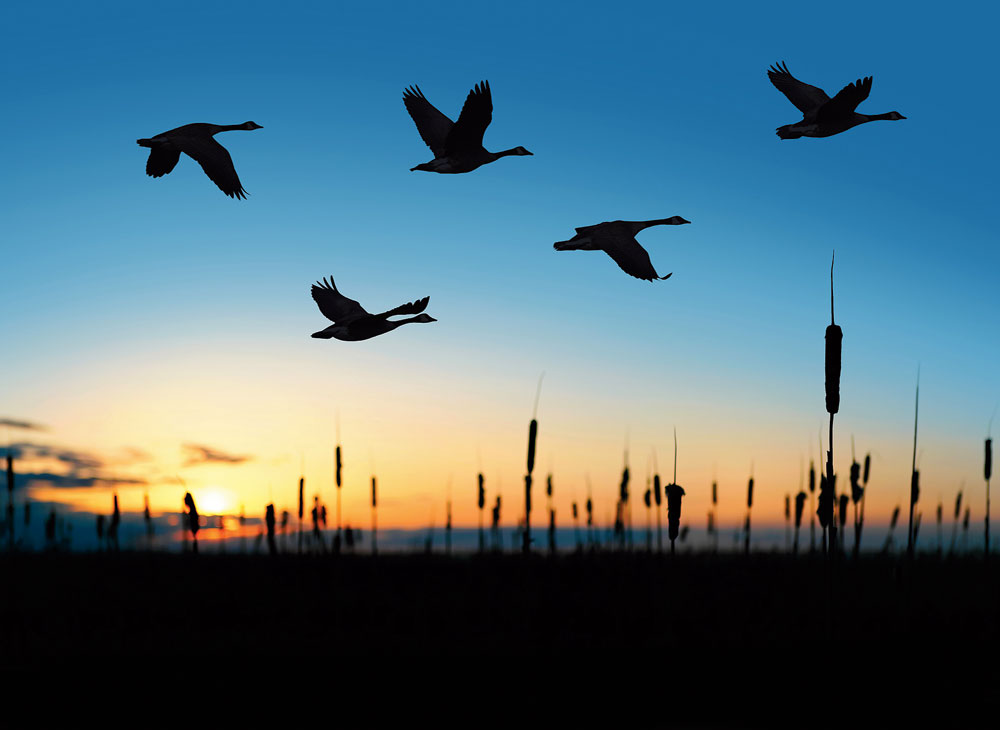
The Telegraph
He surmised that pigeons can do this because they can concentrate on distinctive human physical features, such as nose, eyes and mouth. To test this, he cut up the pictures. The birds could still recognise human features. He kept on chopping up the photos to smaller bits — for up to six times — and still, the birds could identify the presence of a human in the picture, until a particular human feature (say, the tip of the nose or eyeball) appeared too big on that bit of paper.
Pigeons have a good memory too, as Güntürkün and his co-researchers in New Zealand discovered. They can learn four-letter English words and recognise a non-word (such as “URSP”). “We trained the birds to discriminate between four-lettered English words. They were quite puzzled in the beginning, but they quickly began to learn. We presented them with thousands of such words — both correct and incorrect. Eventually, we discovered that their cognitive strategies are identical to the strategies the British children use when they learn to read and write in primary school,” he told this reporter on the sidelines of the conference. The finding was published in a journal, Proceedings of National Academy of Sciences, in 2016.
Despite such skills, why aren’t birds smarter than humans? To understand that one must know how a bird’s brain is different from a human’s. “In humans, the cerebral cortex is the most important part where everything is analysed in detail and everything can be connected with everything else in the brain. In the cortex, there are laminations, columns and associative fibres [to make these complex connections]. No other vertebrate animals, excluding mammals, have a cerebral cortex. This is why we have critical thinking ability and are considered the smartest animal on the planet by scientists for the past 100 years,” says Güntürkün.
“We found that a bird’s brain is not only full of ganglion [or nerve cell clusters] but has a little cortex too,” he adds. This helps them do many complicated tasks but they cannot outperform humans. According to Güntürkün, birds have some amount of cortex or cortical tissues but these are not organised in layers and columns — structures that are not yet fully understood. “Birds did have some laminations and columns in the beginning of their evolution, but everything got messed up and things got organised in a different way in their brain,” he says.
Compared to humans, birds have a much smaller brain. Therefore, they have fewer neurons than us. We humans outsmart our feathered friends in sheer number of neurons or nerve cells. But the neurons are packed much more densely in a bird’s brain — that is, they have a much higher number of neurons than the size of their brains suggest. This helps in faster transmission of information. “This solves the mystery of how birds excel in so many tasks with a smaller brain and little cortex,” says Güntürkün.
No wonder, Siberian cranes never lose their way during the 4,000 kilometre journey to India.
Now that winter is here, so are thousands of migratory birds from Siberia and eastern Europe. These birds — cranes, falcons, pelicans and their ilk — migrate to bird sanctuaries across India every winter for food, breeding and nesting. It’s a mystery how these tiny-brained avians remember the long route and end up at the same place at the same time each year — without having recourse to an atlas, compass, road signs or a global positioning system (GPS) device.
And it’s not just migratory birds. Homing pigeons — a variety of the domestic pigeon — with their even smaller brains are so good at navigating unknown areas that they can unerringly fly home even from unfamiliar territory. While previous studies show that homing pigeons and migratory birds determine their flight direction with the help of Earth’s magnetic field, the stars and the position of the sun, new experiments point out that these birds possess cognitive abilities and are much smarter than we thought.
Until recently, birds were not known for a high IQ. Precisely why a person of questionable intelligence is jocularly called “birdbrain”. But in the last two decades, there have been dramatic advances in the study of avian intelligence. No longer are birds seen as simple instinct machines; scientists have shown that they have small yet sophisticated brains capable of complex cognitive processes to solve problems, count, memorise and even recognise humans in photos.
H.C. Onur Güntürkün, a biopsychologist at Ruhr University Bochum, Germany, is one of those scientists who always believed birds are pretty smart, as he virtually grew up in a pigeon lab. While doing his doctoral research he realised that most scientists thought birds are “just beautiful reflex machines, devoid of any higher cognition”. It has been tough for him to convince some very sceptical scientists that avian cognition can sometimes be similar to that of a human toddler. His research involves the brain — the cognitive abilities of mammals and birds from the level of a brain cell to behaviour patterns. “We have a completely new view on bird brain and how it has evolved through the ages,” said Güntürkün while presenting his research at the Falling Walls Conference in Berlin, Germany, recently.
Most researchers who explore cognition dissect or study brains of rat or mice, which can be structurally compared with the human brain. Güntürkün studies the brains of birds, crocodiles, dolphins and octopuses. These have a structure quite different from the mammalian brain. He finds the organisation of cognition and the way these animals find solutions to everyday problems rather fascinating. The focus of most of his experiments are pigeons.
He discovered pigeons can easily learn to categorise different types of photographs, for instance those that feature humans and those that don’t. And when they learn to discriminate between humans and non-humans in the pictures, they can apply this knowledge while looking at new photographs too.










